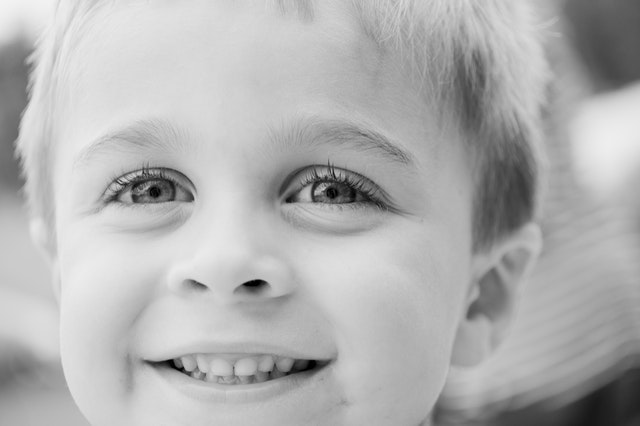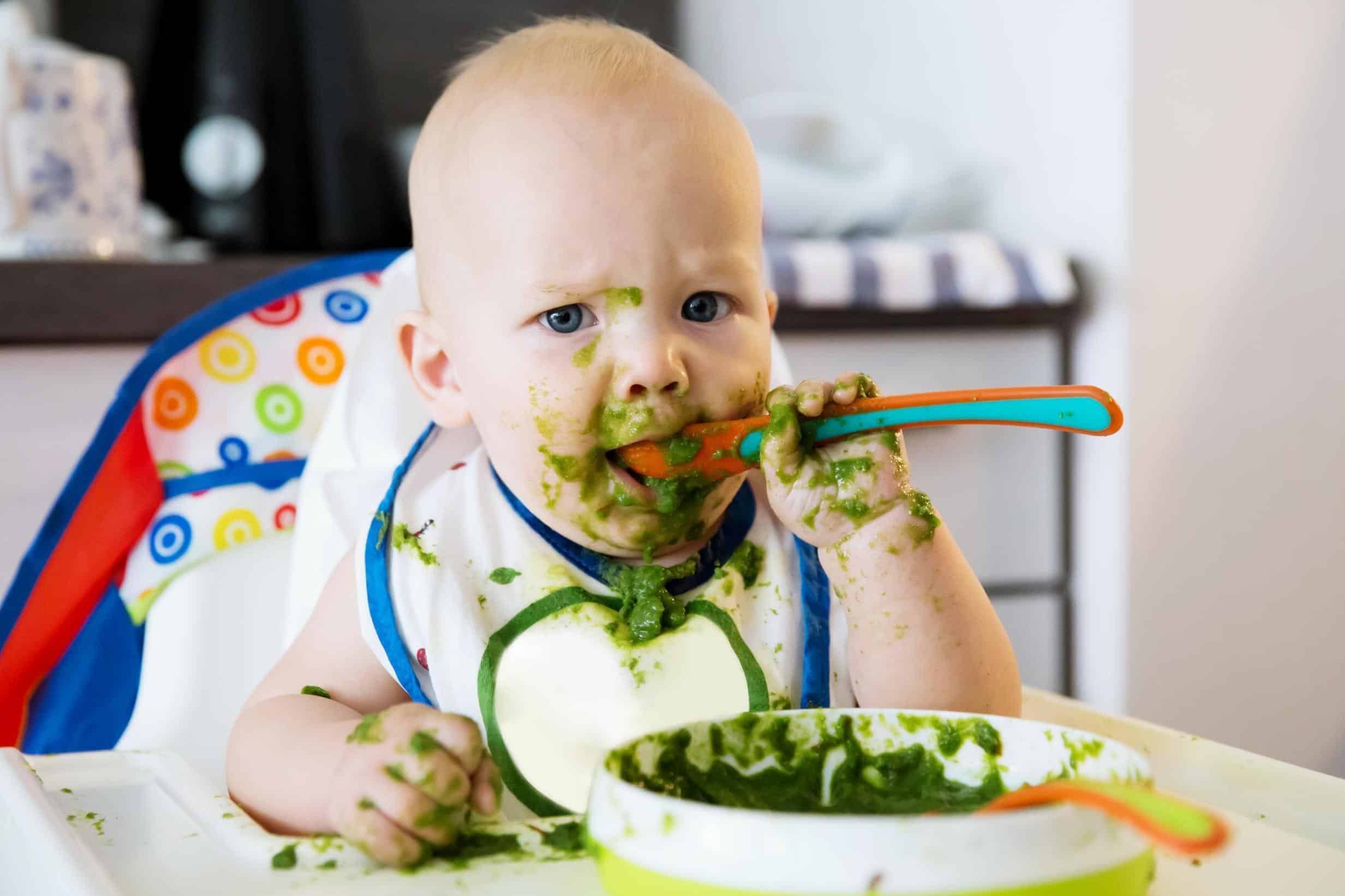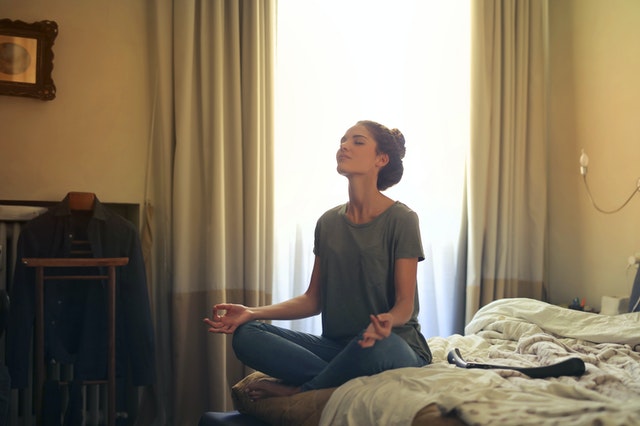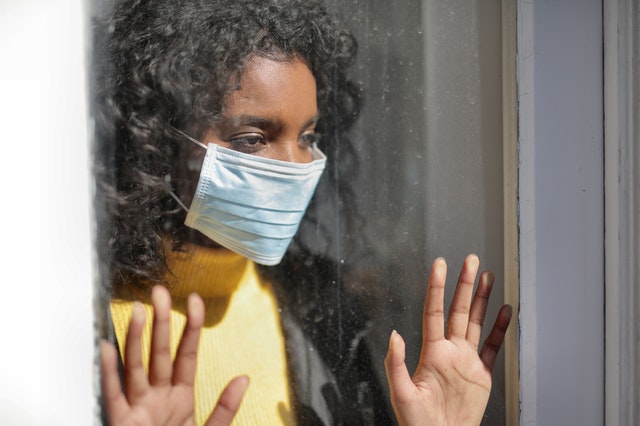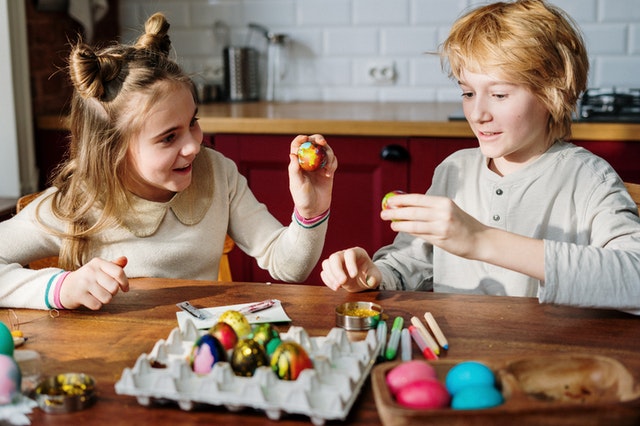A Parent’s Guide to Making Teething Easier for You and Your Baby
Teething can be a challenging time for babies and their parents. Soreness and swelling may make some little ones fussier and more reluctant to eat. Here is our 11 step guide to help you and your baby sail through teething even with the most stubborn teeth.
You may have heard about the “Terrible Twos”, but what about Terrible Teething? Your little baby may be a little thrown off by those chompers coming in, but teething doesn’t have to be terrible. Just knowing what to expect is an important part of teething, and hey, you’re reading this so you’re on the right track! Once you know what to expect, there are a few ways you can comfort baby.
Babies typically get their first tooth between 6 and 12 months and teething can begin as early as 3 months old. Both teething and when the first tooth appears do vary greatly from baby to baby. So no need to worry if a baby gets their first tooth sooner or later because there isn’t a set milestone for a first tooth. Most adults don’t give their baby teeth a second thought after their last one is lost and the tooth fairy makes their final visit. But they’re important because baby teeth help your child talk, chew, and even smile! Not only that but they hold the place for adult teeth. Yet for something so important, it isn’t much fun when they first come in.
- Know the typical schedule. You can usually expect to see your baby’s first tooth when they’re about 3 to 6 months old. Check with your doctor if it doesn’t appear by their first birthday.
- Expect different reactions to different teeth. The lower front teeth will usually appear first and the very first tooth may cause the most discomfort. Big molars or cutting several teeth at once may also be difficult.
- Pay attention to more serious symptoms. Teething used to be regarded as dangerous mostly because it got blamed for other developments that babies are prone to at around the same age. Check with your doctor if you see signs of fever, congestion, or diarrhea. They may indicate a viral infection and are not usually directly linked to teething.
- Massage your baby’s gums. Rub your baby’s gums gently for a couple of minutes with a clean finger. They may resist at first but they’ll come around if it helps to relieve the pain.
- Buy teething rings. Store-bought chew toys will help your baby to relieve pressure on their gums and make them less likely to gnaw on other objects that could be toxic. Pick whatever style your baby prefers.
- Make your own teething toys. A bottle filled with plain cold water may be all your baby needs. Washcloth toys dipped in water and chilled, and even cold vegetables like carrots are also good options.
- Take proper care of all teething devices. Clean all teething toys after each use. Take frequent breaks to limit the amount of time a very cold object has direct contact with your baby’s gums.
- Clean up drool promptly. Babies drool more when they’re teething. Try using absorbent bed sheets. Wiping your baby’s chin frequently with a clean cloth will also help to keep them dry and reduce the risk of rashes.
- Use pain relievers designed for babies. Check the labels to be sure a pain reliever is suitable for babies and will aid with teething, be sure to only use the recommended dose.
- Keep all teeth clean. Primary teeth need to be kept clean to avoid future dental problems. Wipe them with a soft cloth until there are enough teeth to need a soft toothbrush.
- Schedule your child’s first visit to the dentist. Plan on taking your child to the dentist about 6 months after their first tooth appears or before their first birthday, whichever comes first. Early checkups enable your dentist to spot irregularities and advise you about any special care your child needs.
Many children sail through teething with no symptoms at all and simple home remedies will be all that’s needed to ease most cases of fussiness or challenges with eating. For some of our children, teething can be a more distressing time and hard for us as parents by trialing these various home remedies you’ll be able to find one your little one likes best and hopefully make teething a much less stressful process.
As always, talk with your doctor about any concerns or worry’s you have.
Happy Teething!
